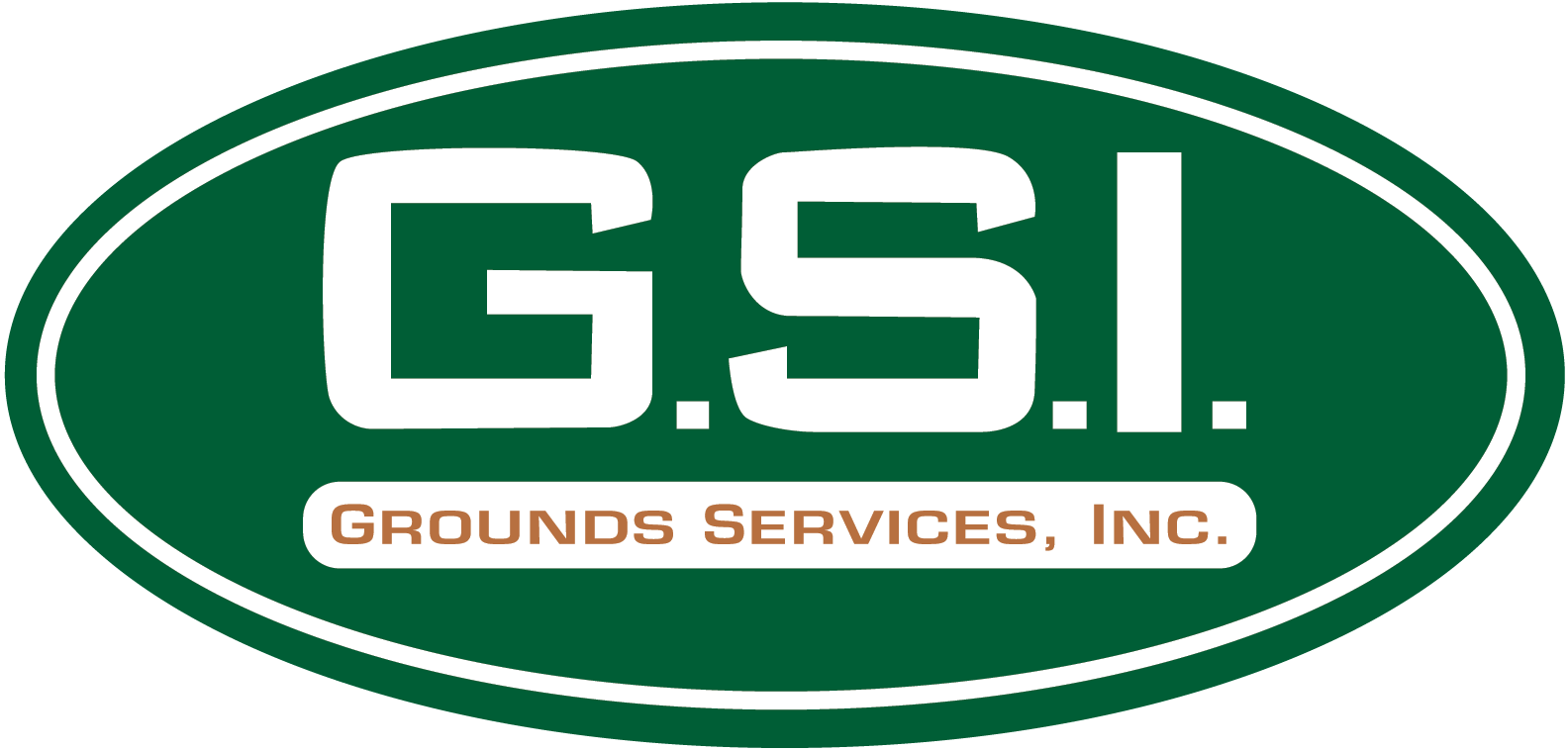Fertilization and weed control services to help get your lawn healthy, green, & weed free lawn with less hassle.
Our lawns helps trap pollutants and pollen, dampen noise, control erosion, produces oxygen and much more! Local fertilizations and weed control company servicing residential, commercial, HOA's and industrial properties.
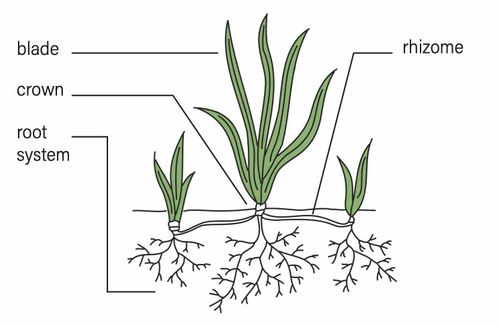
No lawn is too big or too small!
For over 25 years, Grounds Services has provided lawn fertilization services to the greater Toledo area. Our customers come first and we strive to provide honest, reliable service and answers to your questions regardless how big or small the job is! From small residential yards to large commercial or HOAs properties, we have the personnel and equipment to get the job done right in a timely manner! We are your local fertilizing company servicing NW Ohio and SE Michigan.
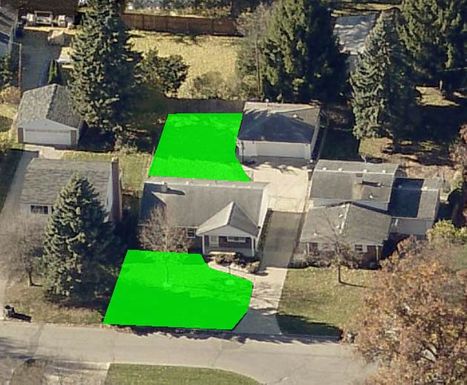
Small residential lawns average about $30/per lawn fertilization & weed control application
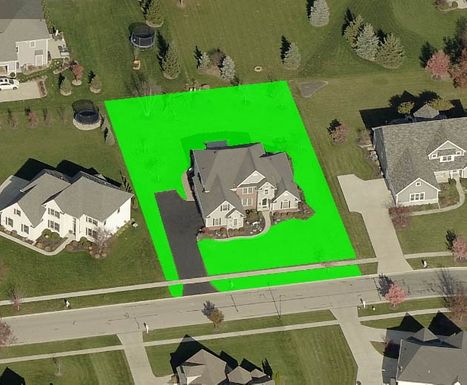
Medium residential lawns average about $60/per lawn fertilization & weed control application
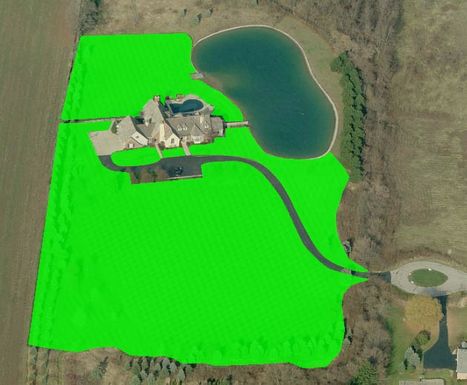
Gigantic residential lawns average about $500/per lawn fertilization & weed control application
Fertilization Services
Granular Synthetic Fertilizers
We are your local fertilization company. When it comes to a synthetic blend of granular fertilizer, nutrients (nitrogen - phosphorous - potassium) are accurately measured out to create a specific blend.
Organic Option / Organic Fertilizer
We offer an organic fertilization program. Bio-Solid fertilizers, like milorganite, may be applied without pesticides (liquid weed control, insect control and pre-emergent crabgrass controls). We offer a variety of tips and tricks to try and keep the weeds and other undesirable pest under control. This product will fix poor soil conditions over time, though the turf will not respond in the same manner is it would with synthetic fertilizers.
*Michigan is a no phosphorous state. Because these organic fertilizers contains phosphates, a soil test needs to be completed and analyzed before this program can be implemented. If you are interested, Grounds Services can perform a soil test for $30.
Common Fertilization Lawn Care Program
- Application #1 - Early Spring: Granular fertilizer with crabgrass control
- Application #2 - Late Spring/Early Summer: Granular fertilizer with liquid broadleaf weed control
- Application #3 - Mid Summer: Granular fertilizer with liquid broadleaf weed control
- Application #4 - Late Summer/Early Fall: Granular fertilizer with liquid broadleaf weed control
- Application #5 - Late Fall/Early Winter: Granular fertilizer
Soil Test
Soil Test, $30/sample
We offer soil testing! This service allows us, and you, to analyze the properties of your soil and create a truly customized program to fit your needs!
Weed/Vegetation Control Services
Broadleaf Weed Control Services
Liquid weed control may be applied to the lawn without killing your grass. The product is specially formulated to only target broadleaf weeds throughout the lawn. The product is absorbed through the leaf of the plant and travels down to the root system. Within a week or two, the weeds will begin curling than dying out. Liquid weed killer may be applied to a lawn at any time throughout the growing season.
What homeowners can do to help keep weeds out of their lawn:
- Keeping the lawn well maintained will help reduce the chance of weed seeds germinating.
- Cut the lawn at recommended heights throughout the growing season (rule of thumb: cooler it is, lower the cut; hotter it is, higher the cut).
- Throughout the growing season. If you are a customer of Grounds Services, Inc. your lawn will be treated throughout the season with the applications, though remember that we are a phone call away if your weeds need a double dose.
Total Vegetation Control and Grass Killer Services
We can service large commercial & industrial sites for vegetation control on hard surfaces or large areas of land as well as vegetation control around ponds, lakes and other water ways.
Precautions with Weed Control
After a technician applies the product, stay off the lawn and keep your pets or children off the lawn. The product may dry as quickly as 1/2 - 3 hours (depending on how cool it is - the warmer the faster), though normal activity may resume the next day.
Grub Control
Grub Control Services
Grubs are a common problem for many home owners. Because they dwell under the surface of your turf, it is not always easy to spot a problem until it's too late. These pests feed on the root of grass and can cause mass devastation; stressing the turf, or worse, killing portions of the lawn.
What to look for
- Areas of turf yellowing or dying in late summer thru fall
- Loose areas of grass (easily picked up like sod). Occurs throughout Fall and into the next growing season to May
- Areas typically affected: full sun and moist
- Kentucky bluegrass and Perennial rye grass are more susceptible to grub damage
Frequently asked question: Does Grub Control prevent moles? The short answer is no. Moles tunnel through property in search of food. Their primary food source is the earthworm, so even with a grub control, there is no guarantee that moles will stay away.
Insect Control
Surface Feeding Insect Control Services
Grounds Services offers a variety of solutions if insects are becoming more than just a nuisance in your lawn. Bug Shield offers protection from the foundation up to keep insects out while Surface Feeding Insect Control offers protection from turf-destroying pest like chinch bugs or army worms. Depending on the targeted pest, a surface feeding insect control can be applied up to three times a year. Common insects that are either a nuisance or can cause damage are:
- Ticks
- Fleas
- Billbugs
- Chinch Bugs
Sometimes insect damage shows the same symptoms as drought stress and can be present at the typical time we hit our dry season. If you are concerned that your lawn may have insect issues, feel free to contact us for a free evaluation.
Disease Control
Turf disease and fungus can be prompted by high moisture, humidity, or heat. As spores are transferred (either wind, foot traffic, water, mower, etc), funguses and diseases are prone to infect new portions of a lawn or uninfected plants. Sometimes fungus can be corrected by taking just a few simple steps, and sometimes a fungicide is warranted. Common funguses to this area:
Dollar Spot
Dollar spot on grass begins as small circular light brown or straw colored patches (size of a silver dollar). The leaf or blade of the grass will have tan spots or lesions that span the width of the blade and have a darker rust-colored border. In the early morning, while dew is present, a cobwebbed appearance may form on turf infected by dollar spot (mycelium). This is an indication of the disease 'feeding' and spreading.
Pythium Blight
Pythium Blight [cottony blight / grease spot] is a rapid spreading disease that occurs during very humid weather patterns (65+ evening temperatures followed by hot, humid days) and prolonged leaf wetness. The disease causes root and crown rot which can wipe out a lawn in a matter of days.
Red Thread
Red thread infects grass blades and leaf sheaths. The fungus is distinguishable by thread-like strands or web-like areas of pink or red on the tips of brown grass blades. This, as with all funguses, can be spread by foot-traffic, mower blades, and other activities that occur on diseased turf
Rust
Rust is favored by warm and humid (though dry) conditions and develops most frequently on grasses subject to drought conditions, low nitrogen fertility and shade.
If you believe your lawn is suffering from disease activity, give us a call for a technician visit and easy tips that may speed the recovery along quicker: 419-536-4344
Aeration/Seeding & Slice/Seeding Services
Aeration
Ideal timing: Fall. As the aerator passes over the lawn, it leaves openings/cores in the soil helping air and water penetrate the root zone of the grass while at the same time releasing the cores back onto the surface of the soil. These cores should be left on the lawn and not raked. As they begin to decay, the organic matter will help provide nutrients back into the soil and aid in the decomposition of some of the thatch layer. If a lawn has some thin spots, an aeration/seeding service can help introduce the desired grass type so the lawn can fill in faster.
Slice/Seeding
A slice/seeding process is recommended for lawns that are mostly bare or a lawn renovation project. The process usually requires the killing out of existing turf and competing plants as so a whole new grass type can be introduced.
It is recommended to seed in the fall. Our temperatures are naturally cooler and the moisture is working in your favor during the late summer / early fall months. We also do not need to worry about crabgrass prevention if seeding is done later in the season (instead of trying to establish new seed in spring). On a freshly seeded lawn, you will get quicker germination if the lawn is briefly watered 2-3 times a day.
Pesticide Information
Herbicides
Herbicides can either be contact (applied and targeting only the parts of the plant where the chemical is deposited) or systemic (applied to the leaf or root structure of the plant in which the chemical may be absorbed and transported throughout the plant). Some herbicides are non-selective meaning that the chemical will target any and all growth (grass, broad leaf weeds, shrubs, etc). Selective herbicides target specific plants such as broad leaf weed control which will not damage the turf grass while applied on a lawn. Herbicides may act as growth regulators, interfere with the plants natural chemical synthesis, or effect a seeds germination habit. As with all pesticides, please read and follow all label instructions.
Insecticides
Insecticides can either be systemic (absorbed through the plant and then ingested by the insect through feeding) or contact (applied directly to the insect or picked up by the insect moving through an area which has the insecticide on it). Insecticides may be selective (attacks only specific insects) or broad-spectrum (affects a wide range of insects).
Fungicides
Fungicides may be used as a preventative or corrective measure; they can work by either preventing or interfering with the germination process of the fungal spores or destroy the fungus outright. Contact fungicides will not be absorbed by the plant's tissue and will only remain active on the surface of the plant in the location applied. This is beneficial since it rarely leads to the fungi building a resistance against the fungicide since the residual does not last long. Penetration fungicides may also be an option. This sort of fungicide not only penetrates the leaf of the plant (in which it can then travel to other portions of the plant) but may also be used as a contact fungicide. Penetration fungicides can be used to protect new growth from potential fungus attacks (especially if susceptible, such as perennial rye grass).
